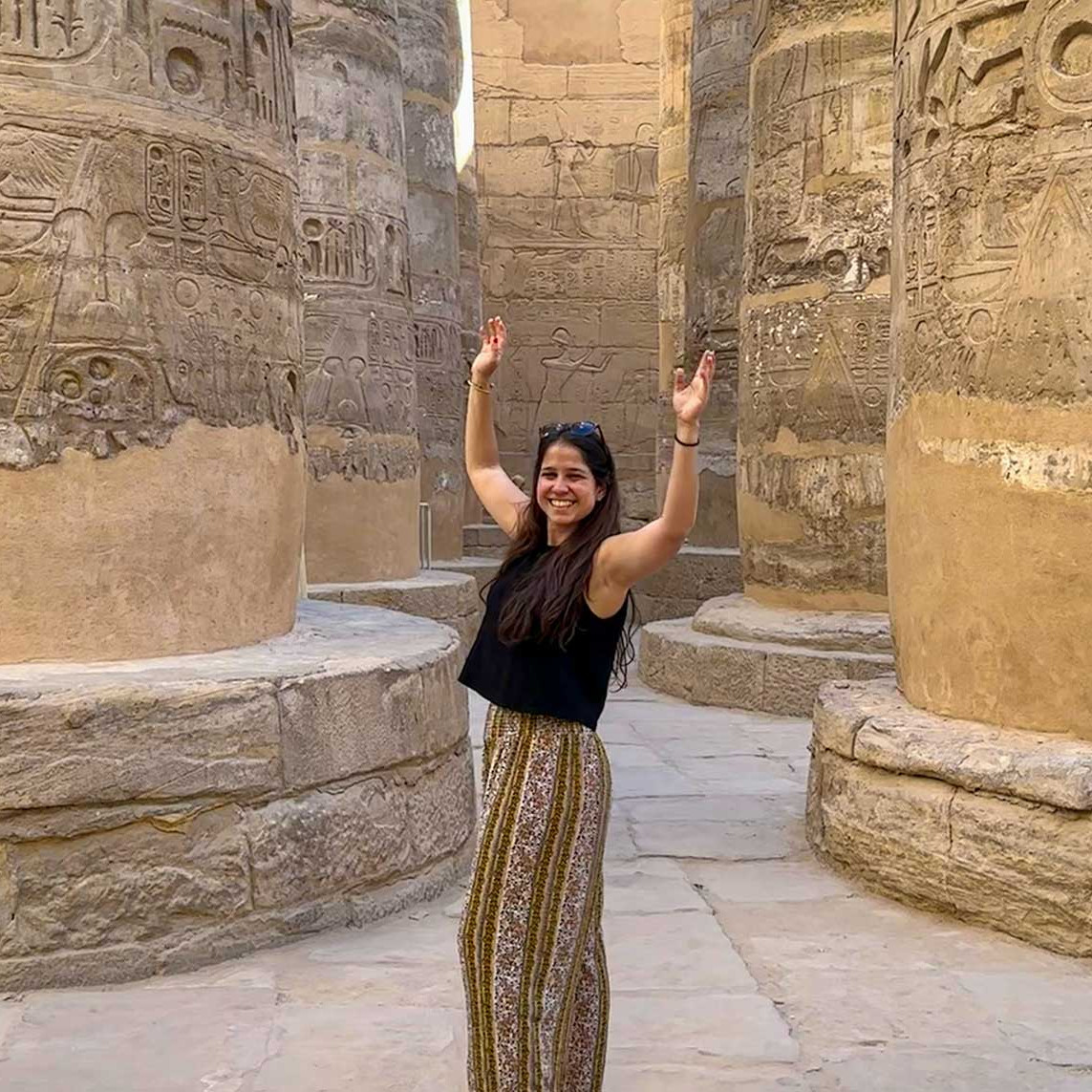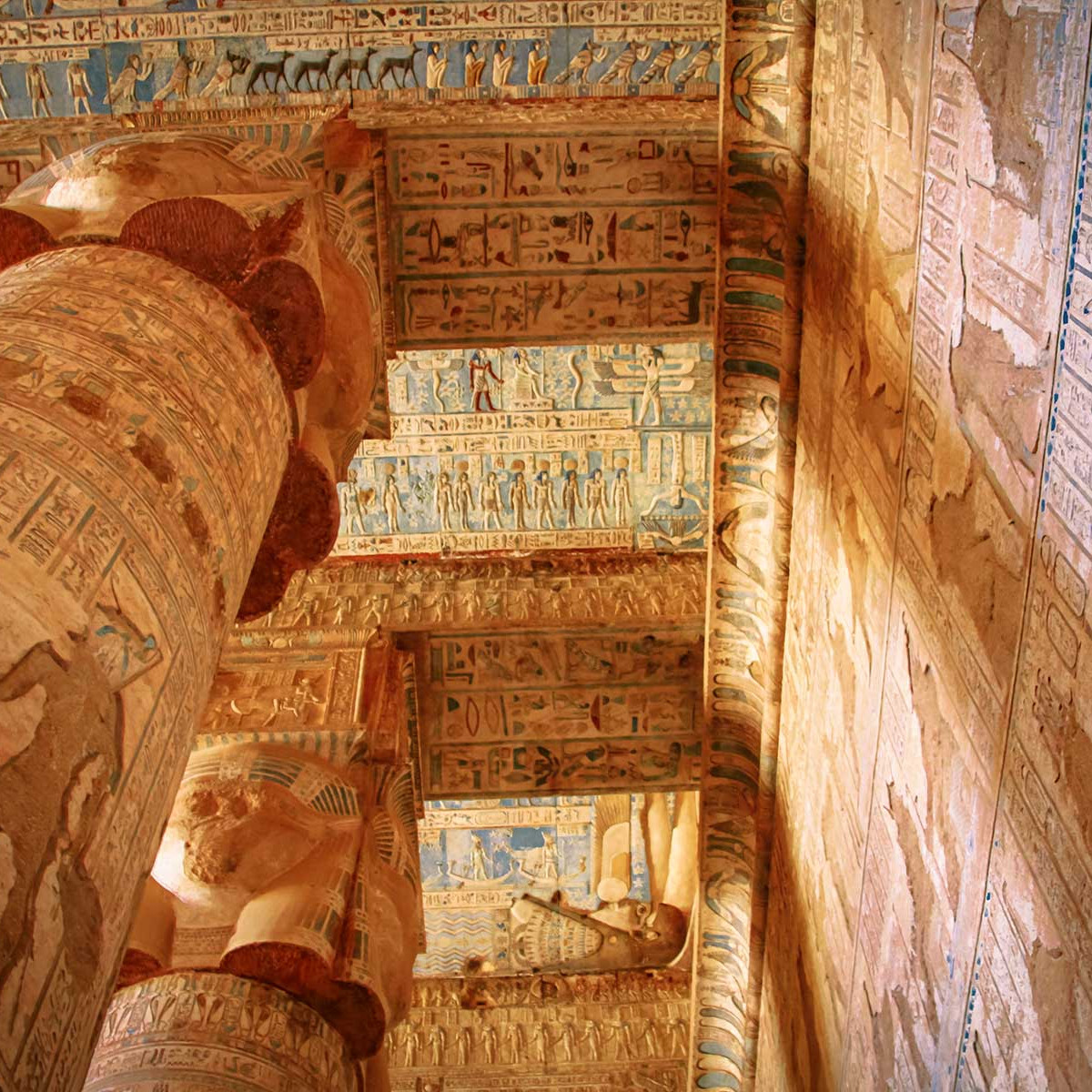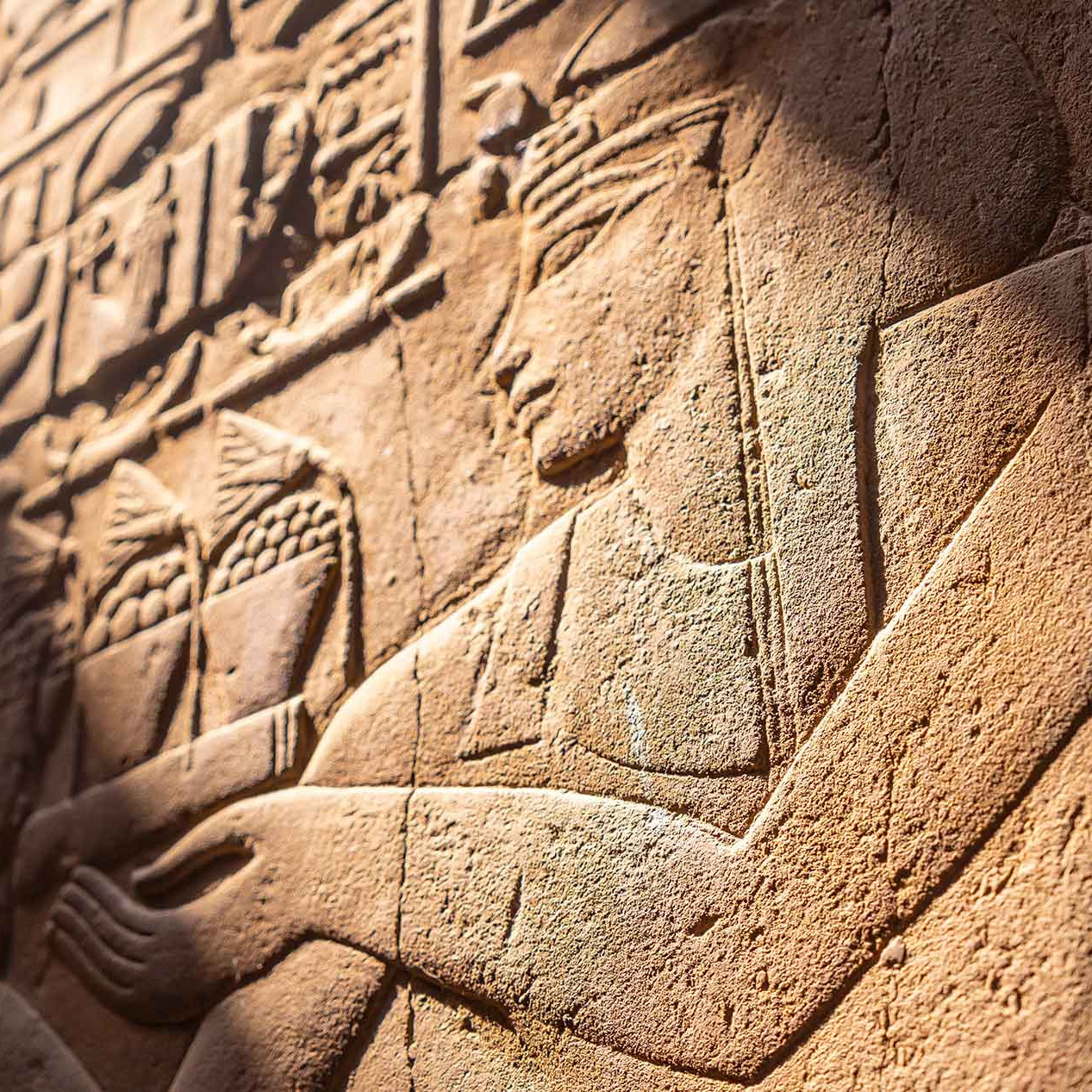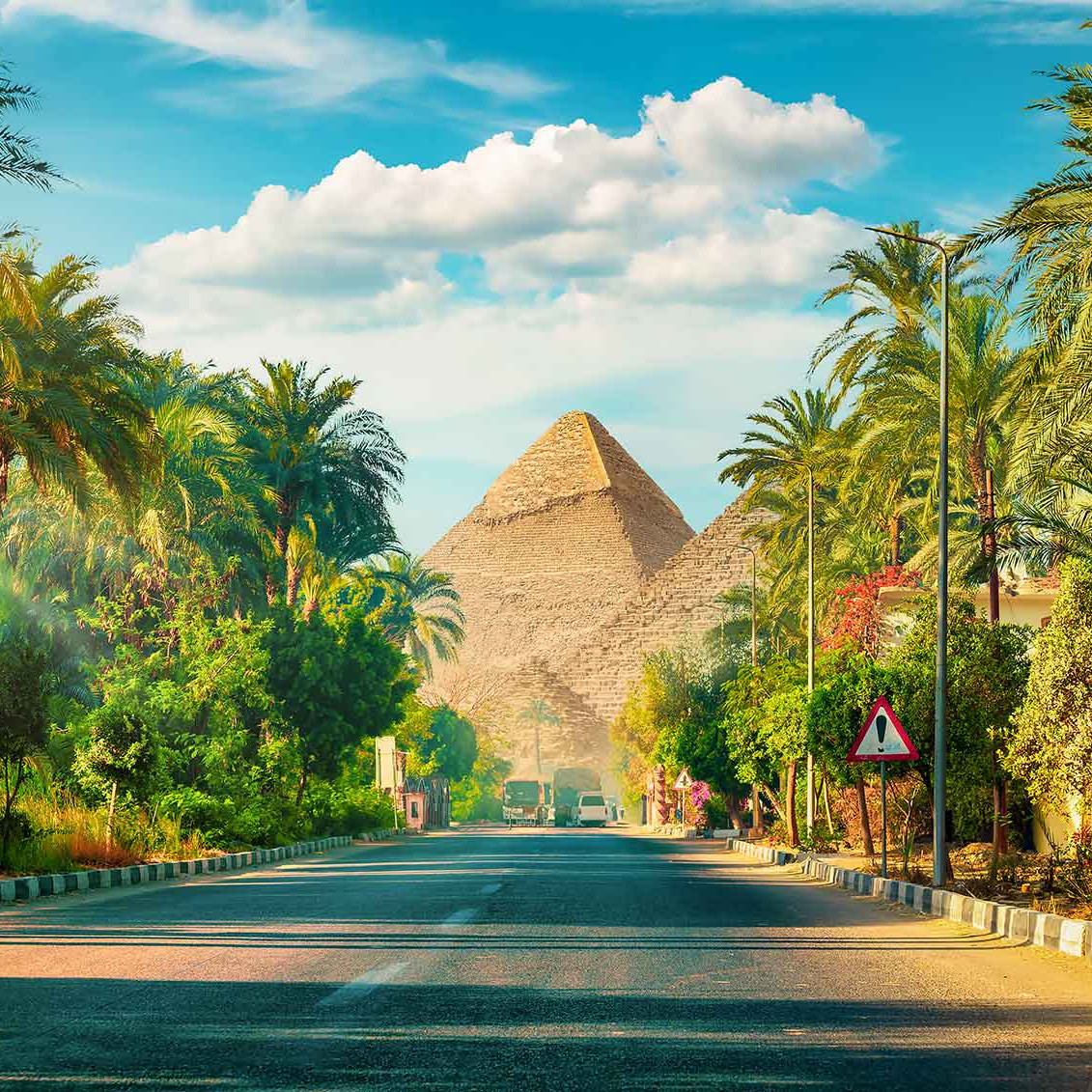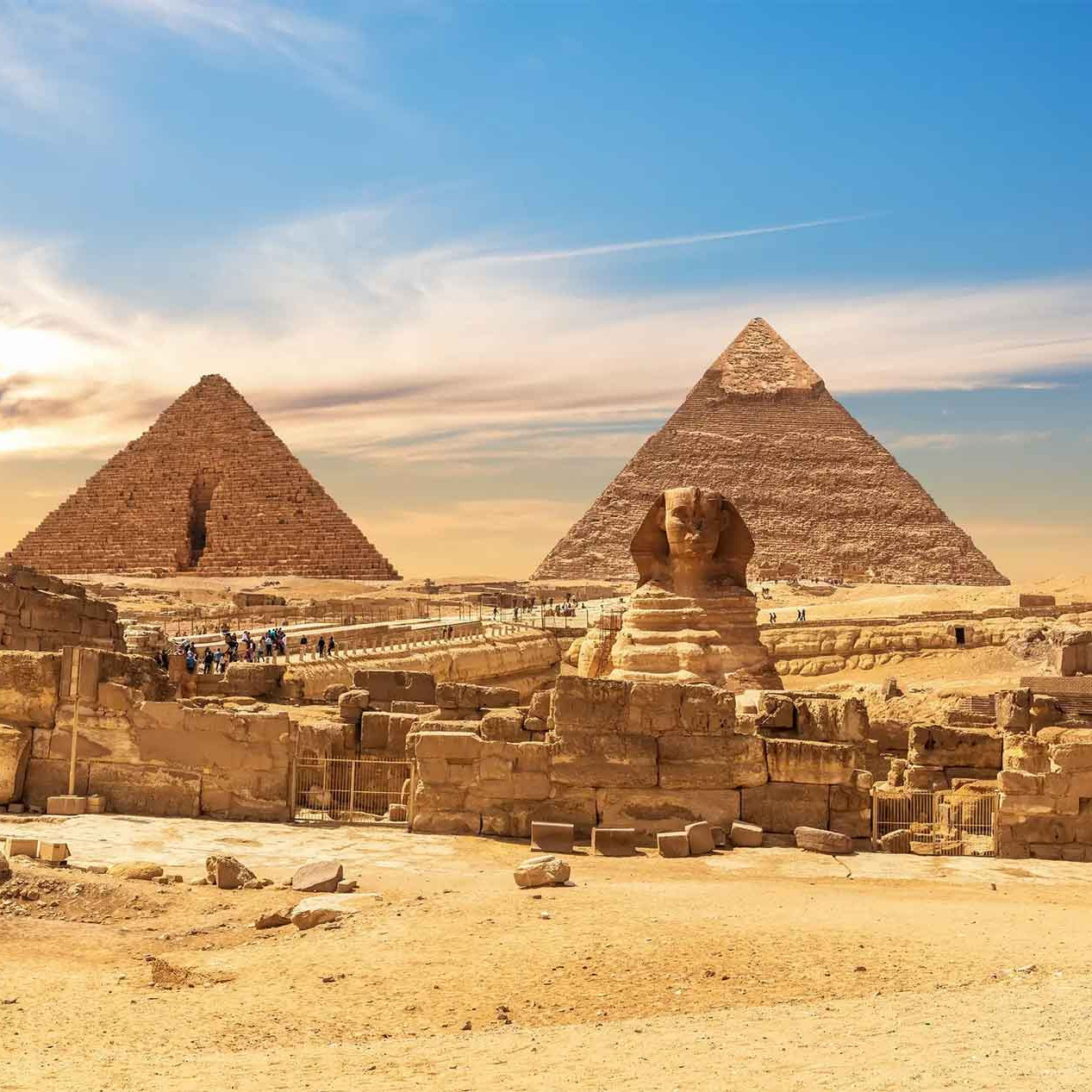Luxor, the world’s greatest open-air museum
To me, Luxor stands as the primary destination in Egypt, due to its unparalleled concentration of ancient Egyptian monuments and historical significance.
Located on the east bank of the Nile River, this city is a place where the past intertwines with the present in fascinating ways. Luxor is known as the “world’s largest open-air museum.” This is because it is a treasure trove of ancient history and archaeological wonders. This ancient city has a rich collection of temples, tombs and monuments that offer a glimpse into the greatness of ancient Egyptian civilization.
Moreover, Luxor’s strategic location along the Nile River adds to its allure, providing picturesque vistas and opportunities for leisurely cruises. Whether one is a history enthusiast, an adventurer, or simply a traveler seeking to immerse oneself in the mystique of ancient Egypt, Luxor offers an unforgettable journey through time and culture.
History and Culture of Luxor
Known as ancient Thebes, Luxor has witnessed the greatness of Ancient Egypt. From the majestic temples to the royal tombs, every corner of this city breathes history and mystery. The city was the capital of Ancient Egypt for more than 1,500 years and has been designated a UNESCO World Heritage Site.
On the other hand, Luxor offers its visitors an impressive collection of monuments including the Luxor Temple, Karnak Temple, Valley of the Kings and Valley of the Queens. These archaeological sites offer a window into Egypt’s glorious past and are a must-see for any history-hungry traveler.
The why of the valley of the kings
The decision to build the Valley of the Kings as a burial site for pharaohs during the New Kingdom period in ancient Egypt can be attributed to the increasing vulnerability of the pyramid complexes to tomb robbers. . By the late New Kingdom, the grand pyramids of the Old and Middle Kingdoms had become vulnerable to tomb robbers, due to its grandeur and visibility, leading to the looting of valuable treasures. Underground tombs offered better security and protection for the royal burials, hidden away from prying eyes and easier to conceal. Additionally, the development of religious beliefs and funerary practices evolved during the New Kingdom period, influencing the design and construction of tombs.
Culinary Pleasures
The gastronomy of Luxor is dazzling, a fusion between Mediterranean, African and Arabic influences, which offers a unique culinary experience with the best of typical Egyptian cuisine. Some of the dishes that I recommend are Ful Mudammas, Kushari, grape leaves stuffed with rice, as well as roast meat and chicken.

Things to do in Luxor
The Valley of The Kings
This archaeological site, known as ‘Ta Iset Maat’ in ancient times, is home to more than 60 tombs carved deep into the desert rock, including those of pharaohs such as Thutmose III, Ramesses VI and Ramesses IX. Dating back more than 3,000 years, this necropolis served as a cemetery for pharaohs and powerful nobles of the New Kingdom period.
Tutankhamun’s tomb is the only royal burial found intact in modern times. Tutankhamun was not a particularly important king; In reality, he became king when he was only nine years old. This event occurred during a challenging time in ancient Egyptian history, and he only ruled for 10 years. The fact that his reign was relatively short and that he was a relatively minor pharaoh, which may have led to him being overlooked by tomb robbers. Added to the small size and simple design of it.

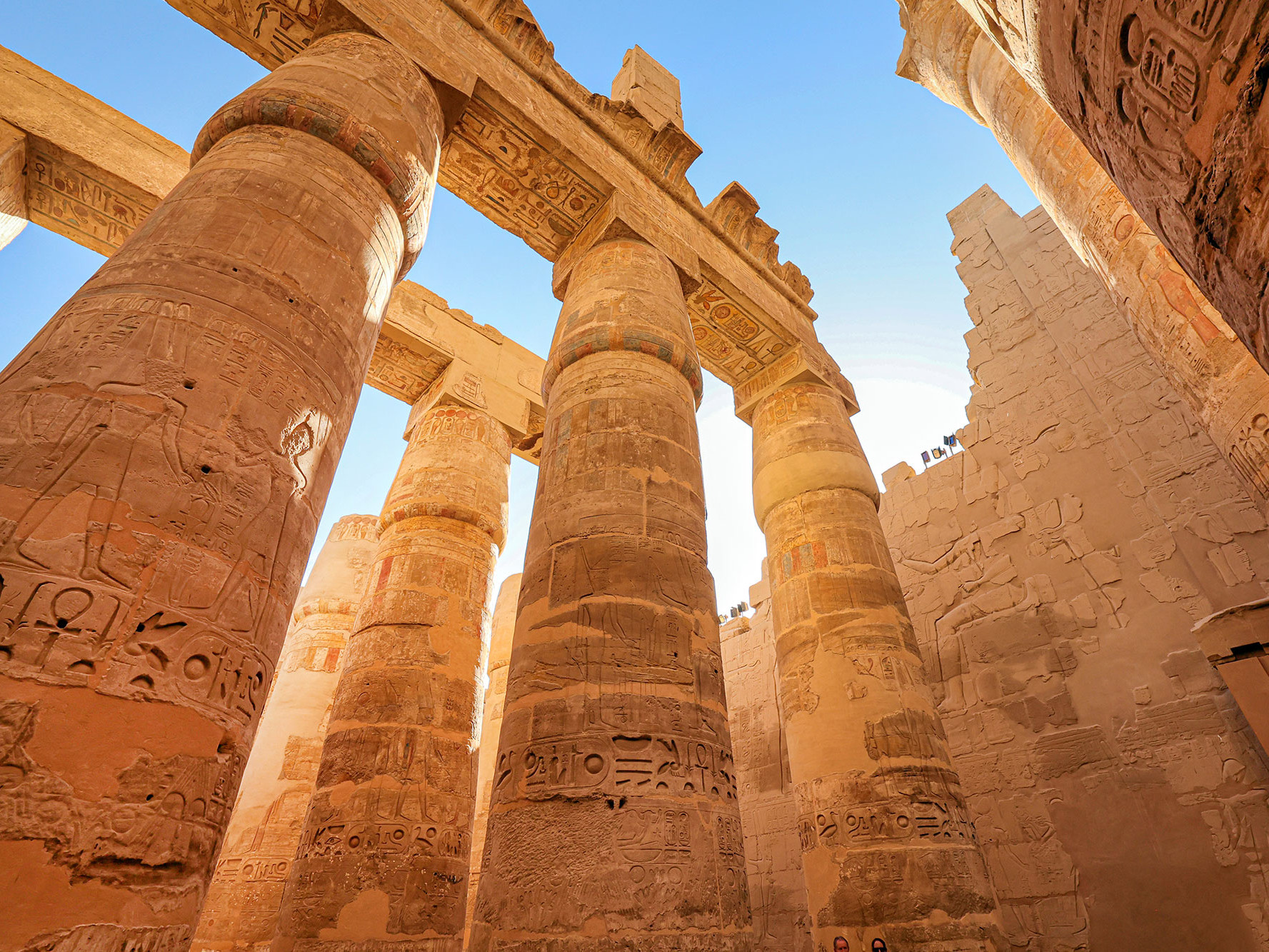
Karnak Temple
The Karnak Temple, located near Luxor in Egypt, is one of the most impressive and extensive temple complexes in the world. Furthermore, it represents the pinnacle of ancient Egyptian architectural and religious achievements. This architectural marvel dedicated to the god Amun dates back thousands of years. The Karnak enclosure consists of three main enclosures, including that of Amun-Ra with numerous temples, chapels, obelisks and statues. Likewise, the other enclosure is the Temple of Ramses III, the Sacred Lake used for religious rituals. Finally, an open-air Museum and the Great Front Courtyard with 18 columns. Karnak was a work in progress for about 1,500 years. For this reason, many New Kingdom pharaohs such as Hatshepsut, Thutmose III, Seti I and Ramses II made significant contributions to the complex during their reign.
Luxor Temple
Located in the modern city of Luxor, on the ruins of ancient Thebes, Luxor Temple is an impressive monument dating from approximately 1400 BC. Dedicated to the God Amun, this 260-meter-long temple was built by the pharaohs Amenhotep III and Ramses II. As a result of this, it has colossi, obelisks and an avenue of sphinxes and is recognized as a World Heritage Site by UNESCO. Visiting it, especially at night, offers an unforgettable experience to explore the grandeur and ancient history of Egypt.


Sailing on the Nile River
Sailing through the Nile in Luxor offers a serene and enchanting journey through Egypt’s timeless landscapes. As the lifeblood of the country, the Nile River has been a vital source of sustenance and transportation for millennia, and sailing its waters provides a unique perspective on the surrounding scenery. From the deck of a felucca or a luxurious river cruise ship, travelers can witness picturesque vistas of palm-fringed riverbanks, traditional villages, and historic temples nestled along the shores.
Luxor museum
The Luxor Museum stands as a treasure trove of ancient Egyptian artifacts, offering visitors a captivating journey through the millennia-old history of the region. Located on Luxor’s picturesque Corniche overlooking the Nile, the museum showcases a remarkable collection of artifacts dating from the pre-dynastic period to the Islamic era. Highlights include meticulously preserved statues, intricately decorated coffins, exquisite jewelry, and fragments of monumental temple reliefs.
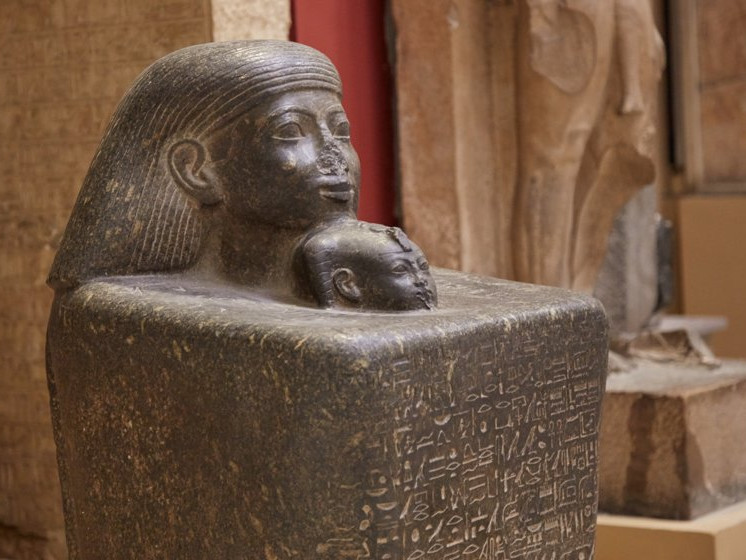
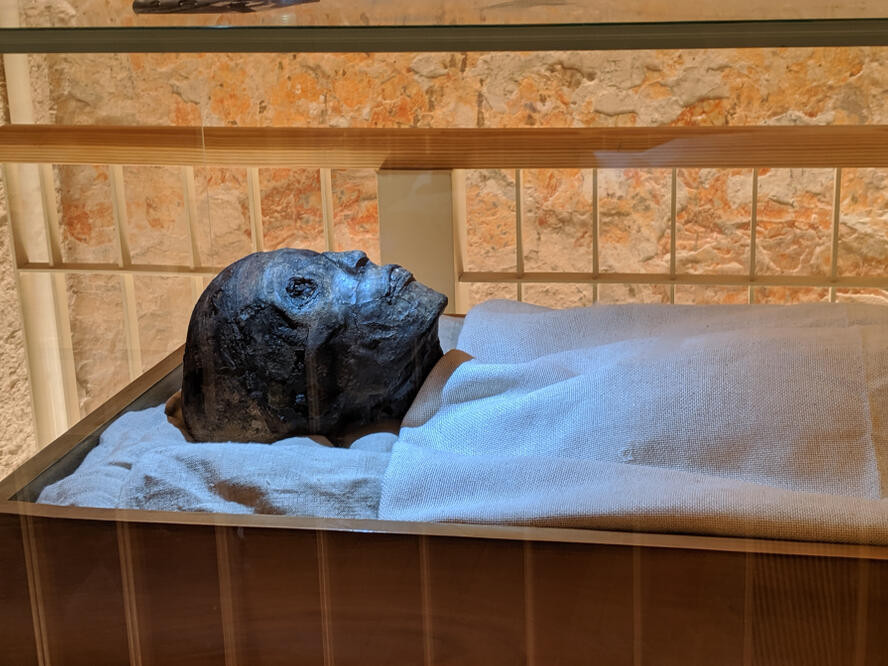
Mummification museum
The Mummification Museum in Luxor offers a fascinating glimpse into the ancient Egyptian practice of preserving the dead for the afterlife. Situated on Luxor’s west bank, adjacent to the Temple of Hatshepsut, this museum is dedicated to showcasing the intricate and elaborate process of mummification. Visitors can explore a wealth of artifacts, tools, and mummified remains, gaining insight into the religious beliefs and rituals surrounding death in ancient Egypt.
Valley of The Queens
The Valley of the Queens, located on the west bank of the Nile River near Luxor, is a site of profound historical and archaeological significance in Egypt. This necropolis served as the final resting place for queens, princesses, and other members of the royal family during the New Kingdom period. Nestled amidst towering cliffs, the Valley of the Queens is home to a series of elaborately decorated tombs, adorned with vivid paintings and hieroglyphic inscriptions that depict scenes from the afterlife and the journey to eternity. Among the most renowned tombs in the valley is that of Queen Nefertari, beloved wife of Ramesses II, renowned for its exquisite decorations and vibrant colors.

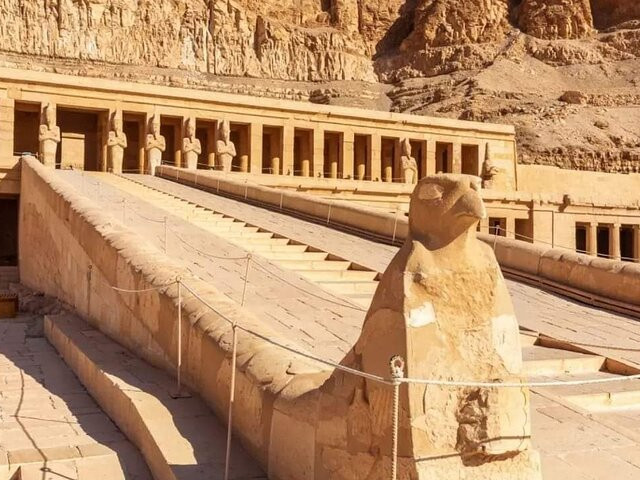
Temple of Queen Hatshepsut
The Temple of Queen Hatshepsut is located in front of the cliffs of Deir el-Bahari, near Luxor. It is a testament to the power and greatness of one of the most iconic rulers of ancient Egypt. Built during the 15th century BC. C., this mortuary temple is famous for its unique architectural design, characterized by terraced levels, colonnaded halls and impressive reliefs. Dedicated to the sun god Amun and Queen Hatshepsut. The temple served as a sanctuary for religious rituals and commemorated her divine lineage and her achievements as pharaoh.
As one of the few pharaohs of ancient Egypt, Hatshepsut faced challenges in asserting her authority and legitimacy in a predominantly male-dominated society. When she presents herself in masculine clothing and adopts the traditional symbols of royalty. These included the false beard and the kilt, Hatshepsut sought to reinforce her authority and legitimacy as ruler.
Colossi of Memnon
These imposing stone statues stand proudly on the western bank of the Nile River near Luxor. The Colossi of Memnon are iconic remains of ancient Egyptian grandeur and art. These colossal statues, dating back more than 3,400 years to the reign of Pharaoh Amenhotep III, once guarded the entrance to his mortuary temple. Certainly carved from huge blocks of quartzite, they depict Amenhotep III seated on his throne, adorned with royal insignia and symbols of power.
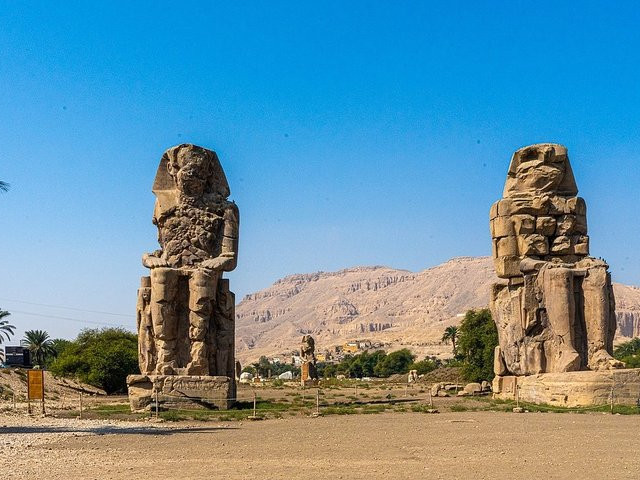
Tours in Cairo
SUBSCRIBE!
Are you a globetrotter? Join our platform and get exclusive travel tips, getaways and more!



